Triac Characteristics
Categories: Educational TrainersObject: 1. To study the gate characteristics of a TRIAC in the following modes : (a) Mode I+ : i.e. T2 positive with respect to T1 and gate positive with respect to T 1 (b) Mode I-...
Product
Description
Object: 1. To study the gate characteristics of a TRIAC in the following modes : (a) Mode I+ : i.e. T2 positive with respect to T1 and gate positive with respect to T 1 (b) Mode I- : i.e. T2 positive with respect to T1 and gate negative with respect to T 1 (c) Mode III+ : i.e.T2 negative with respect to T1 and gate positive with respect to T 1 (d) Mode III- : i.e. T2 negative with respect to T1 and gate negative with respect to T 1 2. To study the terminal characteristics of a TRIAC in the following modes : (a) Mode I+ : i.e. T2 positive with respect to T1 and gate positive with respect to T 1 (b) Mode III+ : i.e. T2 negative with respect to T1 and gate positive with respect to T 1 3. To study the following applications of TRIAC : (a) Triac as a static switch (D.C. control). (b) Control of A.C. with A.C. signal. (c) To measure the holding current of IH. Triac. FEATURES The board consists of following built-in parts: 01. 0-70V D.C. at 100mA, regulated Power Supply. 02. 0-3V D.C. at 30 mA, regulated Power Supply. 03. 55 Volt at 100mA, fixed A.C. Supply. 04. 7 Volt at 30mA, fixed A.C. Supply. 05. D.C Ammeter, 65mm rectangular dial with switch selectable ranges of 10mA and 100mA. 06. D.C Ammeter, 65mm rectangular dial to read of 0-30mA. 07. D.C. Voltmeter, 65mm rectangular dial with switch selectable ranges of 5V and 100V. 08. TRIAC. 09. Three Potentiometers. 10. Reset switch. 11. Adequate no. of other electronic components. 12. Mains ON/OFF switch, Fuse and Jewel light.
quick overview :
Object: 1. To study the gate characteristics of a TRIAC in the following modes : (a) Mode I+ : i.e. T2 positive with respect to T1 and gate positive with respect to T 1 (b) Mode I- : i.e. T2 positive with respect to T1 and gate negative with respect to T 1 (c) Mode III+ : i.e.T2 negative with respect to T1 and gate positive with respect to T 1 (d) Mode III- : i.e. T2 negative with respect to T1 and gate negative with respect to T 1 2. To study the terminal characteristics of a TRIAC in the following modes : (a) Mode I+ : i.e. T2 positive with respect to T1 and gate positive with respect to T 1 (b) Mode III+ : i.e. T2 negative with respect to T1 and gate positive with respect to T 1 3. To study the following applications of TRIAC : (a) Triac as a static switch (D.C. control). (b) Control of A.C. with A.C. signal. (c) To measure the holding current of IH. Triac. FEATURES The board consists of following built-in parts: 01. 0-70V D.C. at 100mA, regulated Power Supply. 02. 0-3V D.C. at 30 mA, regulated Power Supply. 03. 55 Volt at 100mA, fixed A.C. Supply. 04. 7 Volt at 30mA, fixed A.C. Supply. 05. D.C Ammeter, 65mm rectangular dial with switch selectable ranges of 10mA and 100mA. 06. D.C Ammeter, 65mm rectangular dial to read of 0-30mA. 07. D.C. Voltmeter, 65mm rectangular dial with switch selectable ranges of 5V and 100V. 08. TRIAC. 09. Three Potentiometers. 10. Reset switch. 11. Adequate no. of other electronic components. 12. Mains ON/OFF switch, Fuse and Jewel light.
Product
Reviews
add Review
reviews
No Review Yet.


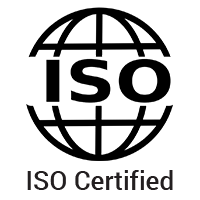
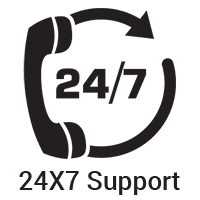
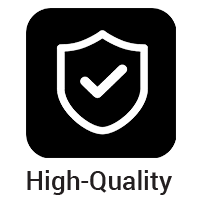

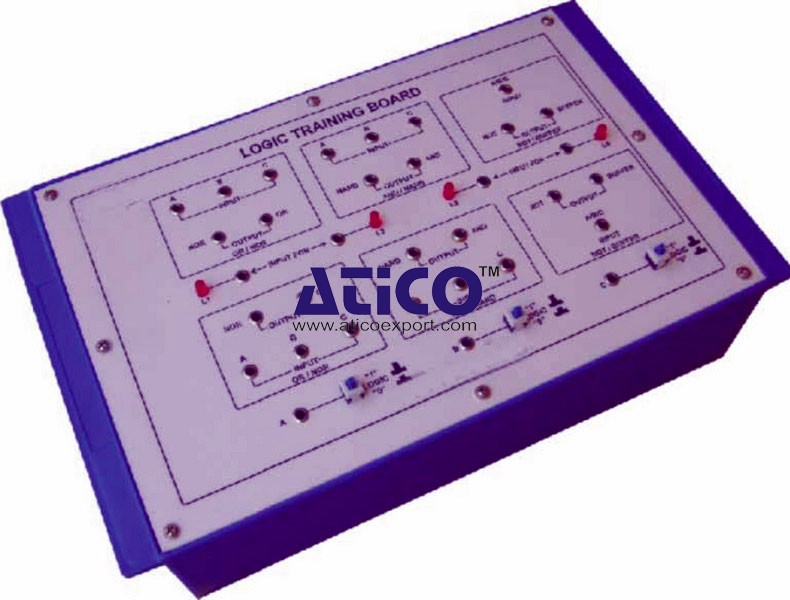
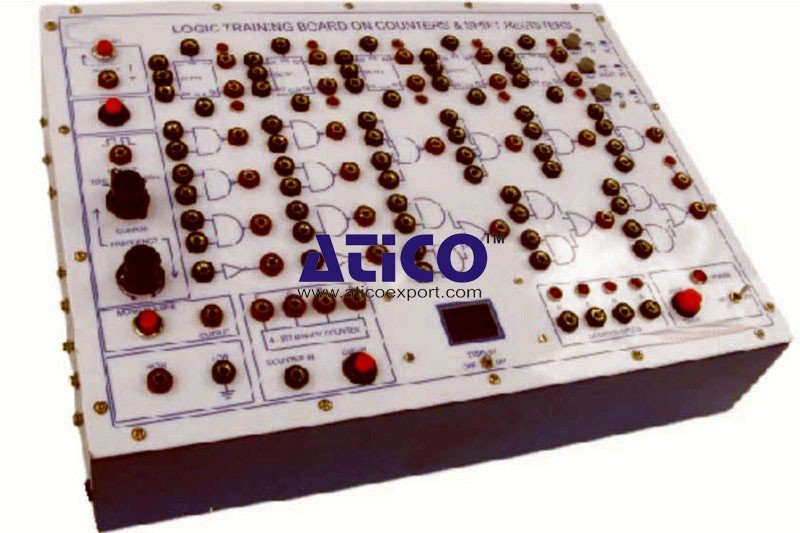
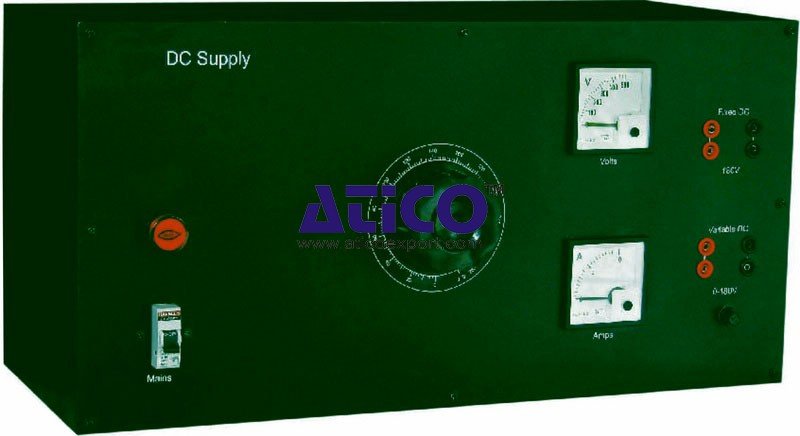
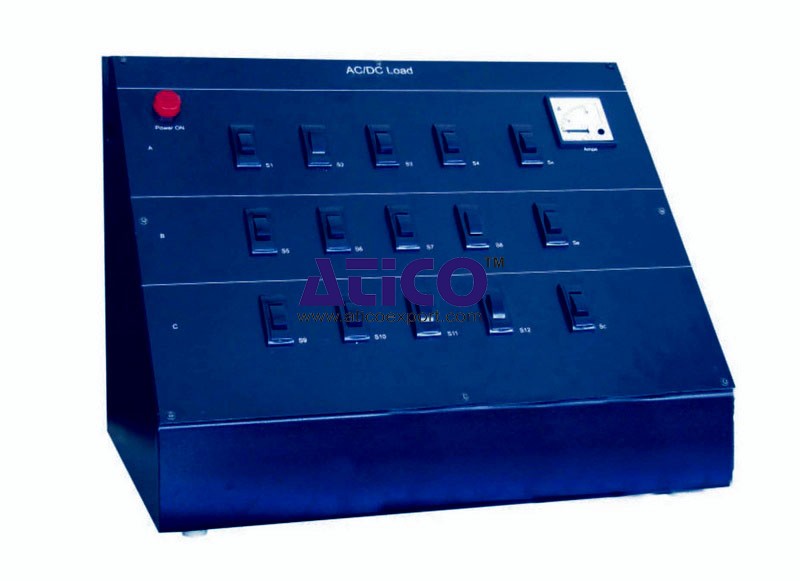
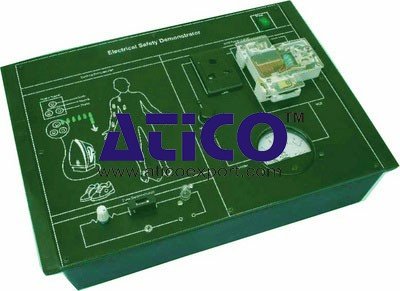
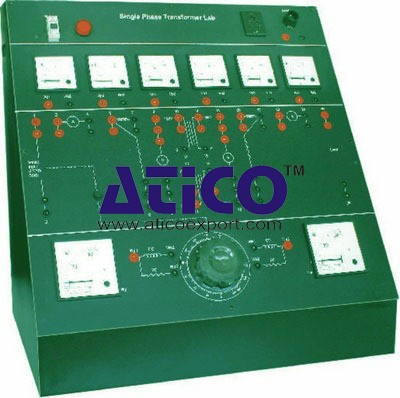
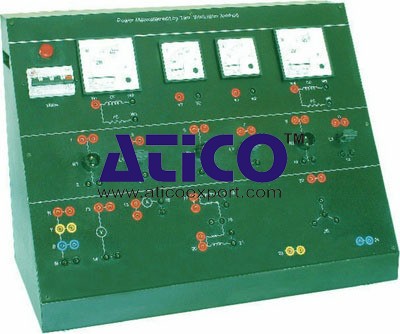

Product
Reviews
add Review
reviews
No Review Yet.